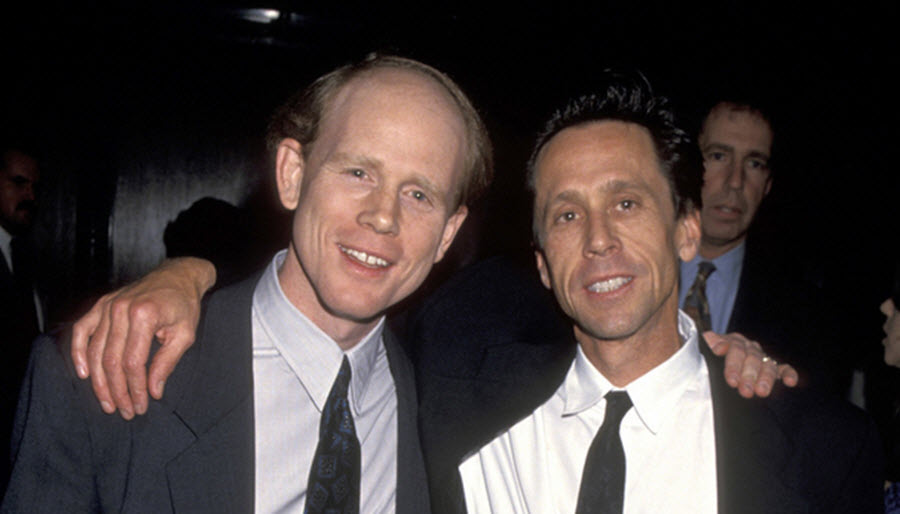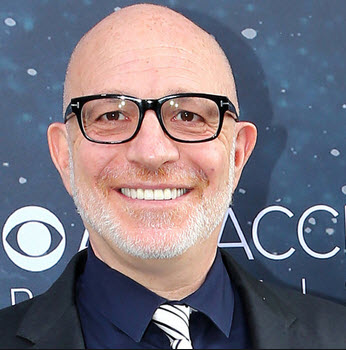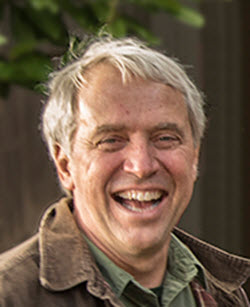Key people
Producer: Brian Grazer
After coming across an excerpt of Sylvia Nasar’s book A Beautiful Mind in the magazine Vanity Fair, film producer Brian Grazer immediately set the wheels in motion to buy the movie rights.

Director: Ron Howard
After securing the rights to the film, Grazer contacted director Ron Howard, which he had previously collaborated with for the 1995 film Apollo 13. Unfortunately, Howard had to pass on the offer due to scheduling conflicts. Grazer then checked out several other A-list directors, before finally settling on one – who turned out to have scheduling conflicts too, and only be available when Howard was also available. This made Grazer go back to his first choice, Howard, and tailor the schedule to fit him.
Screenplay: Akiva Goldsman
 To turn the book into a screenplay, Grazer chose Akiva Goldsman, who at that point had created screenplays for movies such as The Client (based on a John Grisham book), Time to Kill (also a Grisham), and Batman & Robin (for which he was nominated for a Golden Raspberry Award in the category Worst Screenplay).
To turn the book into a screenplay, Grazer chose Akiva Goldsman, who at that point had created screenplays for movies such as The Client (based on a John Grisham book), Time to Kill (also a Grisham), and Batman & Robin (for which he was nominated for a Golden Raspberry Award in the category Worst Screenplay).
Later, Grazer would explain that he picked Goldsman for his strong passion and desire for the project.
It was Goldsman who introduced the idea of waiting to a specific point in the film before making it clear for the film viewers that certain characters and events in the movie only existed in Nash’s head. This mechanism was later praised by critics as it helped viewers put themselves in Nash’s situation of not being able to distinguish between reality and hallucinations.
The emphasize on the love between Nash and his wife, and her strong support of him, was something that director Howard asked Goldsman to include in the screenplay.
Notable differences between the film and the real John Nash
The film makers have clearly stated that they did not intend for the movie to be a 100% accurate depiction of John Nash life.
Here are a few examples of points where the movie script differs from what we know about the life of the real John Nash, or where the movie omits notable events in his life.
- Except for Alicia Nash, few of the main characters in the movie correspond to any specific people from the life of the real John Nash.
- In real life, Nash did not start experiencing schizophrenic hallucinations until several years after graduating from Princeton. In the movie, the first hallucinations occur while he is still in graduate school.
- The real John Nash worked as a consultant for the RAND Corporation after leaving Princeton. In the movie, he works directly for the Department of Defense at the Pentagon.RAND is a United States nonprofit think tank created by the Douglas Aircraft Company to offer research and analysis to the United States Armed Forces. It is financed both by the U.S. Government and by corporations, universities, and private individuals / endowments.
- Nash’s alleged homosexual experiences at RAND are mentioned in Sylvia Nasar’s book, but not in the movie. Nash himself denies that any such experiences occurred at RAND.
- In the movie, Nash joins the Wheeler Laboratory at MIT. In real life, there was no such lab. Instead, Nash was appointed as C.L.E Moore instructor at MIT.
- The movie does not mention the son John David Stier that Nash had with Eleanor Agnes Stier (1921-2005) on 19 June, 1953.
- The movie does not mention that Alicia divorced her husband in 1963, and that from 1970 he lived with her as a border, not a husband. In real life, they remarried in 2001.
- The Princeton Pen Ceremony was made up by the film makers.
- In the movie, Nash says “I take the newer medications” in a scene that takes place in 1994, the year he was awarded the Nobel Memorial Prize. In reality, Nash did not take any antipsychotics after 1970, a fact highlighted in Sylvia Nasar’s book.Howard has explained that they added the line because they feared that the movie would otherwise be criticized for suggesting that individuals with schizophrenia could manage their illness without medication.
- The real John Nash did not give an acceptance speech for his Nobel Memorial Prize.
If you want to see a more documentary depiction of the life of John Nash, there is a PBS documentary named A Brilliant Madness from 2002 available.
Mathematician: Dave Bayer
 Mathematics Professor Dave Bayer from the Barnard College, Columbia University, served as a mathematical consultant for the movie. Among other things, he selected the mathematical problem for the scene where Nash is teaching a calculus class and gives his students a complicated problem to solve to keep them busy for a long time. For this scene, professor Bayer chose a problem that was mathematically very rich while at the same time physically unrealistic, as he wanted to underline Nash’s dislike for the mundane and his drive to focus on really interesting mathematics.
Mathematics Professor Dave Bayer from the Barnard College, Columbia University, served as a mathematical consultant for the movie. Among other things, he selected the mathematical problem for the scene where Nash is teaching a calculus class and gives his students a complicated problem to solve to keep them busy for a long time. For this scene, professor Bayer chose a problem that was mathematically very rich while at the same time physically unrealistic, as he wanted to underline Nash’s dislike for the mundane and his drive to focus on really interesting mathematics.
Professor Bayer can actually be seen in a cameo role in the movie; he plays a professor who lays his pen down for Nash in the pen ceremony towards the end of the film.
Russell Crowe as John Nash
Many actors were considered for the role of John Nash, including Tom Cruise, John Travolta, Bruce Willis, and Kevin Costner. Ultimately, the director Ron Howard decided on Russell Crowe.
Make-up artist: Greg Cannom
Realistic age progression of the characters is a vital aspect of the movie, since it spans from Nash’s time as a young student at Princeton in 1947 to him being awarded the Noble Memorial Prize in Economics in 1994.
To achieve this, Greg Cannom – who had worked on the movie Cocoon with Howard – was hired to do the make-up effects. Coincidently, Cannom had fairly recently been doing makeup for the 1999 movie The Insider, a film which starred Russell Crowe and had Christopher Plummer in a supporting role.
Not only was make-up used for age progression; Cannom also worked hard to make Russell Crowe look more similar to the actual John Nash. He even developed a new kind of silicone-based makeup that resembled human facial skin and could be used for overlapping applications. Crowe was also fitted with dentures to create a slight overbite.
Music: James Horner
Both Grazer and Howard had worked with James Horner in the past and liked not just his music but also his strong communication skills.
You can read more about the production of the music for A Beautiful Mind here.
Filming
The film was shot 90% chronologically, which among other things made it necessary to carry out three separate trips to Princeton University instead of shooting all Princeton scenes back-to-back.
The parts of the film set at Harvard University were not filmed at Harvard but at Manhattan College, a private Roman Catholic liberal arts college located in The Bronx, New York City.
Two night shots were done at Fairleigh Dickinson University’s campus in Florham Park, New Jersey, in the Vanderbilt Mansion ballroom.
Hallucinations
The real John Nash only had auditory hallucinations, but in the movie they are visual as well. Director Howard decided that in the movie, the hallucinations should always start out as auditory, preparing the viewer for what is to come.
Epiphanies
To signify Nash’s creativity at work and make sudden epiphanies “noticeable” for the movie audience, the film makers let a flash of light appear over objects and persons when Nash had significant realizations.
This article was last updated on: October 23, 2018
Contents
